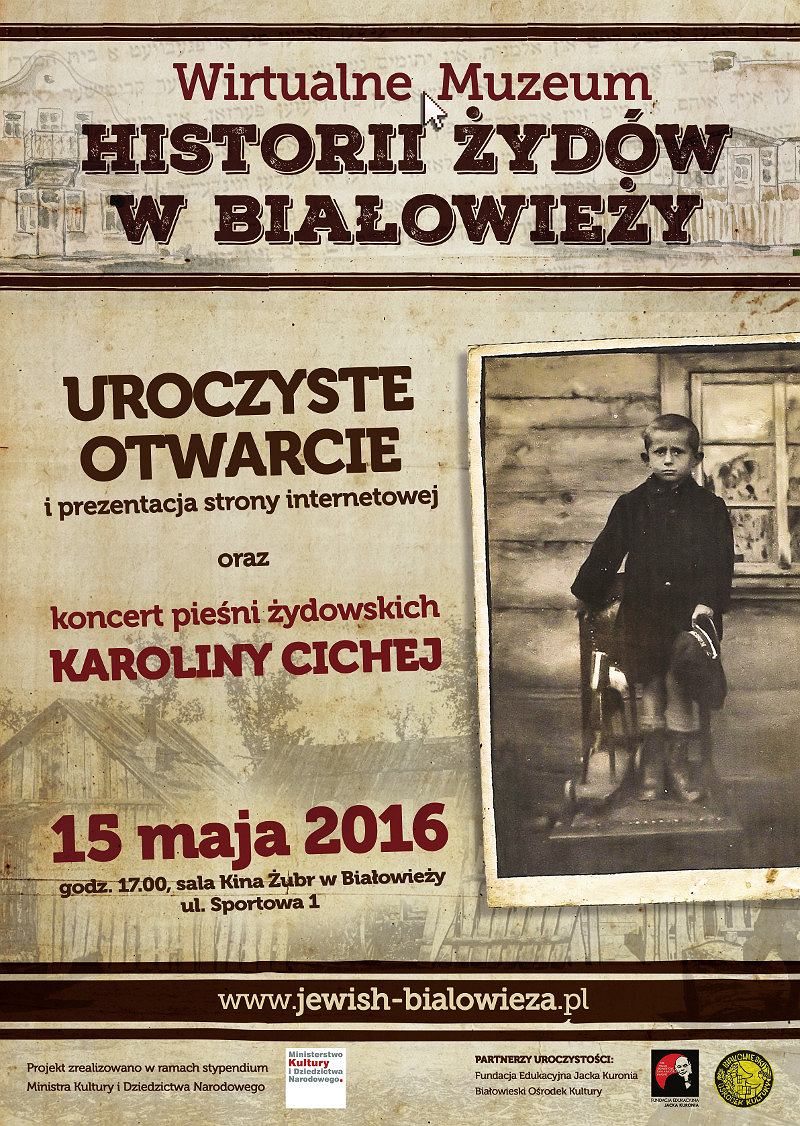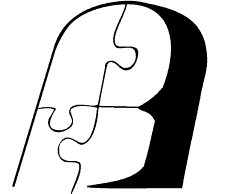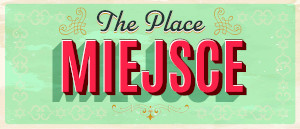News
Jews settled in Bialowieza in the first half of the 19th century, when Bialowieza belonged to Russia (Grodno province, Prużan district). Atthis time the name Bialowieza itself referred only to the hunter's tsar's residence in Russia, and people lived in the present-day Białowieża - in several villages. Jews settled in the village of Stoczek, which is now the main street of Białowieża - Waszkiewicz Street. The settlement grew along with the development of Białowieża (construction of the tsar's palace, railway station, development of the wood industry). A wooden synagogue was built around 1910, and after the First World War a private prayer house was erected by the same street. Jewish children attended general schools together with Belarussian and Polish children, and in addition to the cheder and private Jewish teachers - the Malameds. Just before the outbreak of the Second World War, the developing community also built a large school behind the synagogue, with a bathhouse in the complex. Bialowieza's Rabbi became a well-known scholar in the Great Britain and has his biography in the Encyclopaedia Judaica. Jews also lived in other villages, present districts of Białowieża - Zastaw, Podolany, Krzyże. They were employed mostly in trade and craftsmanship. They ran groceries, iron shops, moth shops and haberdasheries, and beerhouses. They were tailors, blacksmiths, hairdressers, shoemakers, butchers and wood valuators. On the current Waszkiewicz Street, over 60 buildings are former Jewish houses and shops, among which are those that are now popular tourists destignation - the 'Stoczek' Restaurant, the 'Siciliana' Pizzeria and the 'Walizka' Cafe. During the interwar years, young people participated in a strong in this area Zionist movement, and some of them emigrated to Palestine to the kibbutz, where their descendants live to this day.
On August 10, 1941, Germans shot 77 men and boys in the gravel near the village of Podolany and the rest were taken to Ghettos in Kobryń and Prużan. Those from Kobryń were murdered in 1943 in mass executions in Brona Góra, whereas Jews from the Prużan ghetto were deported to the Auschwitz concentration camp at the beginning of 1943. Only three people survived - Israel Malecki, who returned to Białowieża for two years, and then left to Israel, Leibel Feldbaum, who after the liberation of the camp, left to live with his family in the USA , and Dawid Waldszan (David Waldshan), who is the sole survivor of Białowieża still lives in the USA.
There are scarcely no signs left by the Bialowieza Jews - the synagogue and the school (which were at the back of the current Kamar shop at 38 Waszkiewicza Street) were demolished in the 1960s. To this day, a modest bathhouse is still standing in the neighboring private square. The tales of Alkon's shop have survived, with the best gabardine from which gamekeepers sewed their uniforms, fried herring in Necha, bagels from Prync, sand castles in the sand for Roszelka and beautiful Roza kept in the memory of the oldest inhabitants.
The memory of the Białowieża Jewish community passes the Virtual Museum of the History of Jews in Białowieża - available on the Internet at:
Please visit us!
Text by Katarzyna Winiarska (JT)












